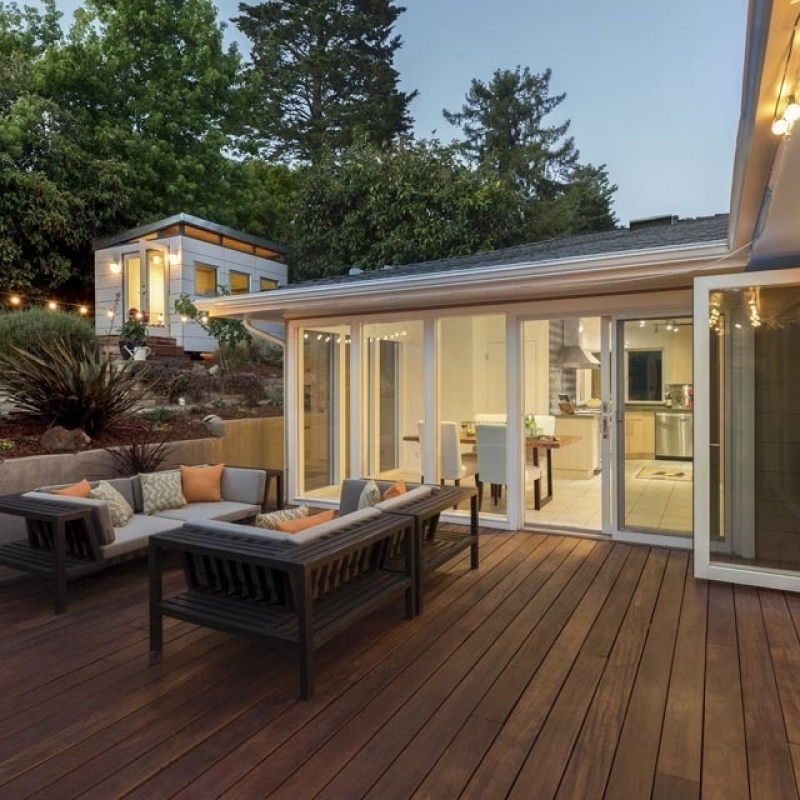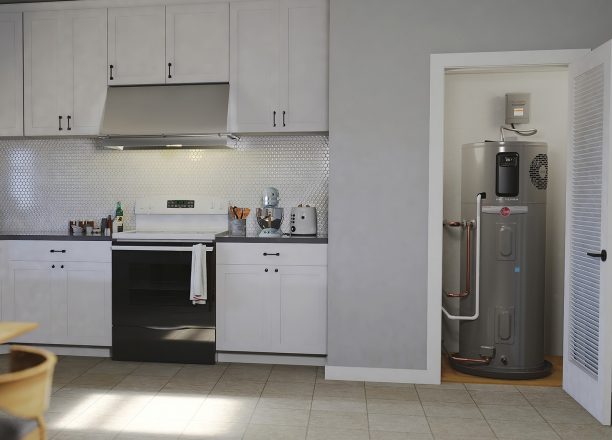Improving Your Indoor Air Quality for a Healthy Home copy
On-Demand Webinar
As homes are built and retrofitted to be more energy-efficient and airtight, it is important to ensure proper ventilation. Without proper ventilation, the house will seal in harmful pollutants, such as carbon monoxide, and moisture that can damage a house.
How can we build healthy home ventilation solutions? This on-demand 1.5-hour webinar for building professionals will cover mechanical ventilation system selection, sizing, and installation. Speaker John Proctor, PE teaches about the code requirements for field verification and diagnostic testing and provides best practices for ventilation above code.

Part of having a healthy home means ventilating, or exchanging indoor and outdoor air, throughout the home. As homes are built and retrofitted to be more energy-efficient and airtight, it is important to ensure proper ventilation. Without proper ventilation, the house will seal in harmful pollutants, such as carbon monoxide, and moisture that can damage a house.
Harmful pollutants, such as gases from combustion appliances (like stoves and fireplaces) can accumulate in a home that is poorly ventilated and threaten your health and safety. Excessive moisture in the home can also threaten your health and can lead to mold growth, ruin insulation, and even cause structural damage. Additionally, elevated levels of humidity can make cooling equipment work harder, leading to more costly energy bills.
In this 1.5-hour recorded webinar, attendees will learn about types of ventilation, including natural ventilation, spot ventilation, and whole-house ventilation. This course will cover mechanical ventilation strategies, including heat recovery and exhaust-only systems, and will share the importance of local exhaust ducted to the outside for moisture and pollution control.
Speaker: John Proctor, PE


